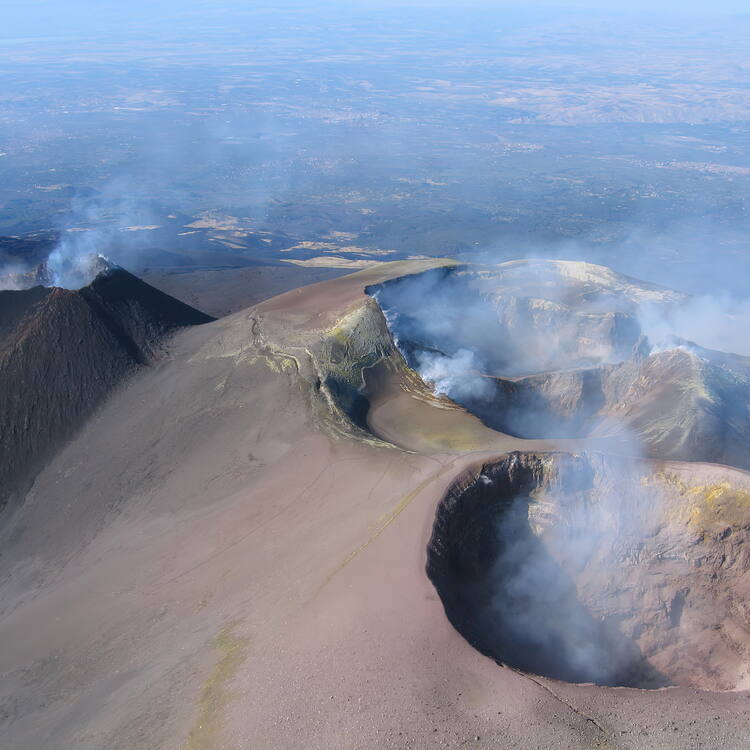Mount Etna: A National Treasure
Mount Etna, located on the eastern coast of Sicily, Italy, is one of the most awe-inspiring natural wonders and the highest active volcano in Europe. Known as Mt. Etna, this majestic mountain has captivated the minds and hearts of visitors and locals alike for centuries. Its historical eruptions, unique geographical features, and the surrounding rich biodiversity make it a site of UNESCO World Heritage, adding to its significance both regionally and globally. For those looking to delve deeper into this iconic location, visit UNESCO’s official page for further insights.
The Geological Significance of Mount Etna
Mt. Etna is a composite volcano, which means it is created from various types of eruptions and materials, including lava flows, ash, and volcanic rocks. This complexity is a result of its frequent eruptive activity, which has been documented for over 2,500 years. The volcano’s frequent eruptions depict a fascinating geological process that not only shapes the landscape but also significantly contributes to the fertility of the surrounding areas.
Its eruptions can range from gentle lava flows to explosive activity, with the highest recorded eruption reaching over 3,329 meters (10,922 feet) above sea level. Due to its active nature, scientists continuously monitor Mt. Etna, studying its behavior to improve forecasting of potential eruptions that could impact local communities.
Ecological Diversity Surrounding Mount Etna
The region around Mount Etna is characterized by an extraordinary variety of flora and fauna, making it a biodiversity hotspot. The differing altitudes and volcanic soils contribute to this unique ecological environment. From lush Mediterranean forests at lower elevations to alpine meadows and barren lava fields near the summit, the entirety of the Mt. Etna area supports various ecosystems.
One of the notable features is the presence of endemic species such as the Etna birch tree and the Etna violet, which are uniquely adapted to the volcanic landscape. The rich biodiversity supports several species of wildlife, making it an ideal location for ecologists and nature lovers to explore and appreciate the natural world.
Cultural Importance and Historical Context
Throughout history, Mt. Etna has played a significant role in Sicilian culture and mythology. Ancient Romans and Greeks regarded the volcano as the abode of gods and supernatural power, attributing its eruptions to mythical beings. This historical perspective persists, making Mount Etna not only a geological marvel but also a cultural icon.
Over the centuries, local communities have adapted to the challenges presented by Etna’s eruptions, crafting stories and traditions around them. From local festivals to artistic expressions, the volcano continually inspires creativity and reverence among the Sicilian people.
Tourism and Economic Impact
Tourism is a significant aspect of Mount Etna’s impact on the local economy. The breathtaking views and adventurous opportunities attract thousands of visitors each year, including hikers, scientists, and tourists interested in geology and ecology. Guided tours, excursions, and even snow sports during the winter months contribute to the area’s economic vitality.
Local businesses thrive through the influx of tourism, with opportunities for wineries and culinary experiences that promote the unique flavors of the region. The volcanic soils contribute to the growth of high-quality grapes, making Etna a budding wine destination.
Challenges and Conservation Efforts
Despite its picturesque nature, Mt. Etna faces numerous challenges related to environmental conservation. Erosion, habitat destruction, and risks associated with volcanic eruptions present ongoing concerns for authorities and conservationists. There have been coordinated efforts to protect the fragile ecosystems surrounding the volcano and to monitor volcanic activity consistently to prevent potential disasters.
Local preservation initiatives, along with contributions from international organizations, aim to balance tourism, economic growth, and ecological protection. Understanding the significance of Mount Etna as a World Heritage Site emphasizes the importance of sustainable practices and long-term stewardship for future generations.
Conclusion: The Unforgettable Experience of Mount Etna
In conclusion, Mt. Etna stands not only as a monument of nature’s power but also as a symbol of cultural richness, economic opportunity, and ecological diversity. Its awe-inspiring presence and historical significance continue to resonate with people around the world. As visitors explore the trails, gaze at the erupting summit, or savor local wines, they become part of a legacy that bridges the depths of geological history and human creativity.
If you are planning a visit or wish to learn more about the volcano, consider going to its official UNESCO page for more details. Experience the magic of Mount Etna for yourself – it promises to leave an indelible mark on your memory.






